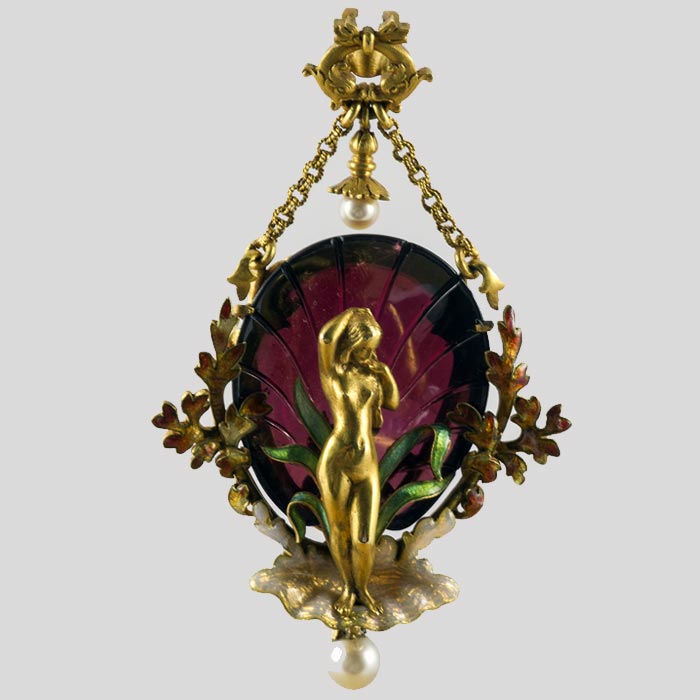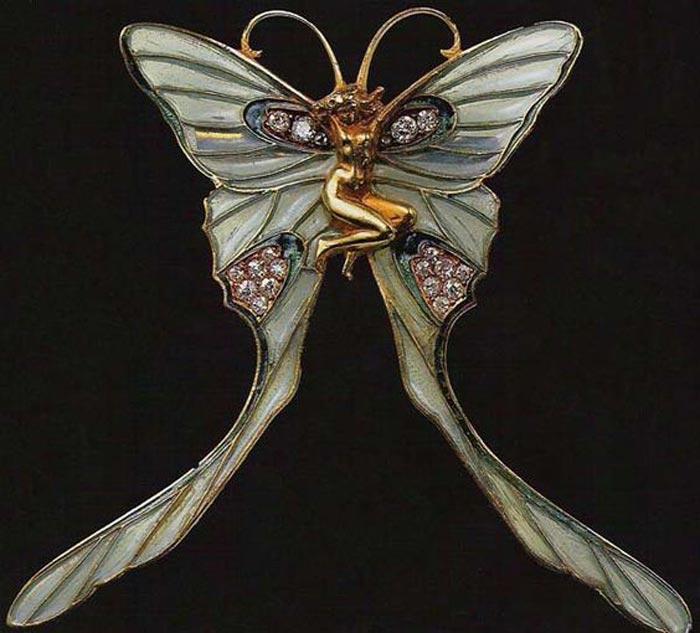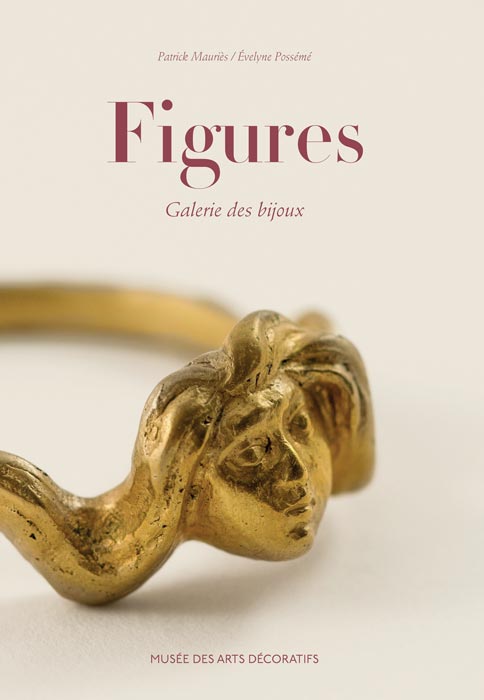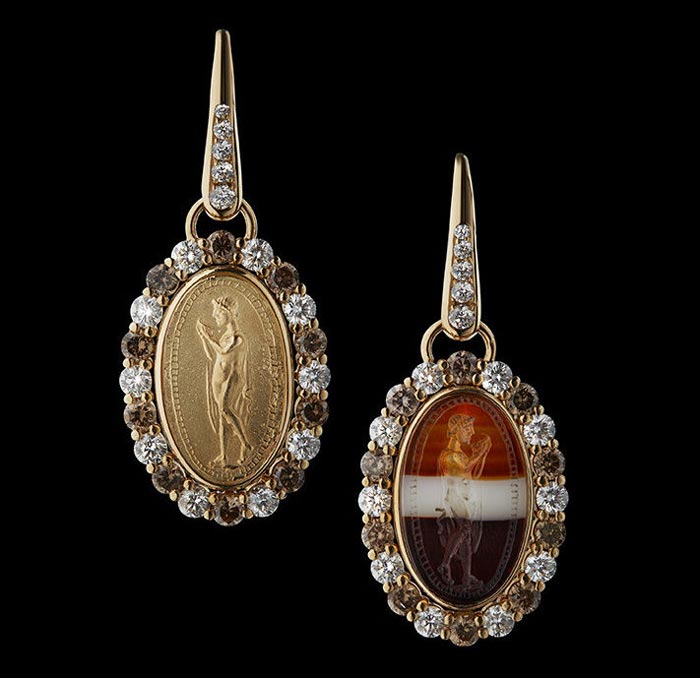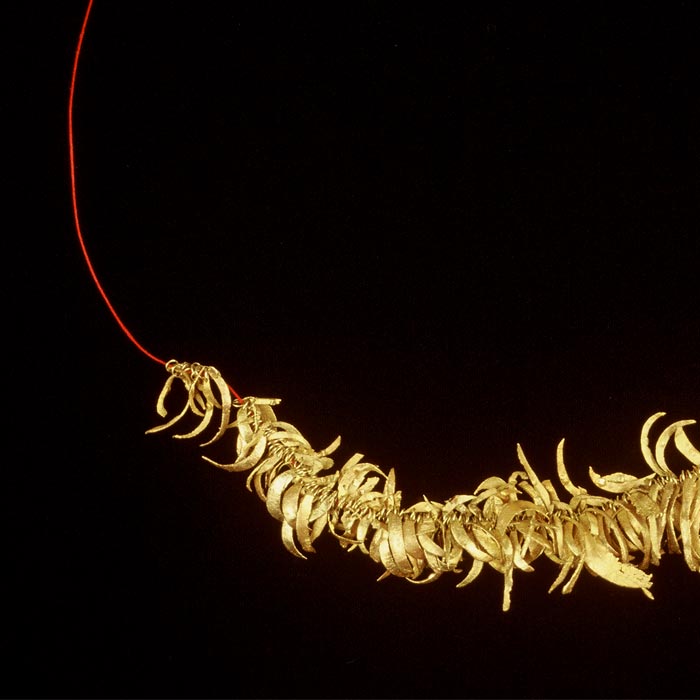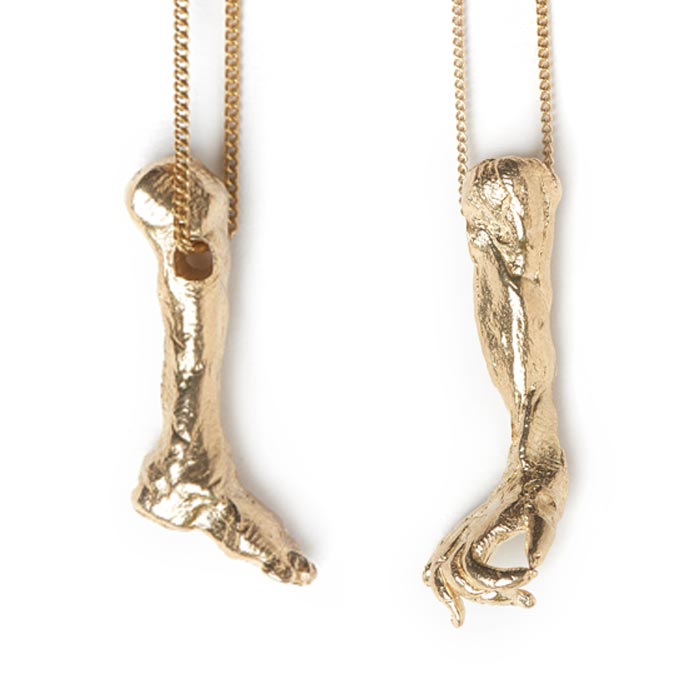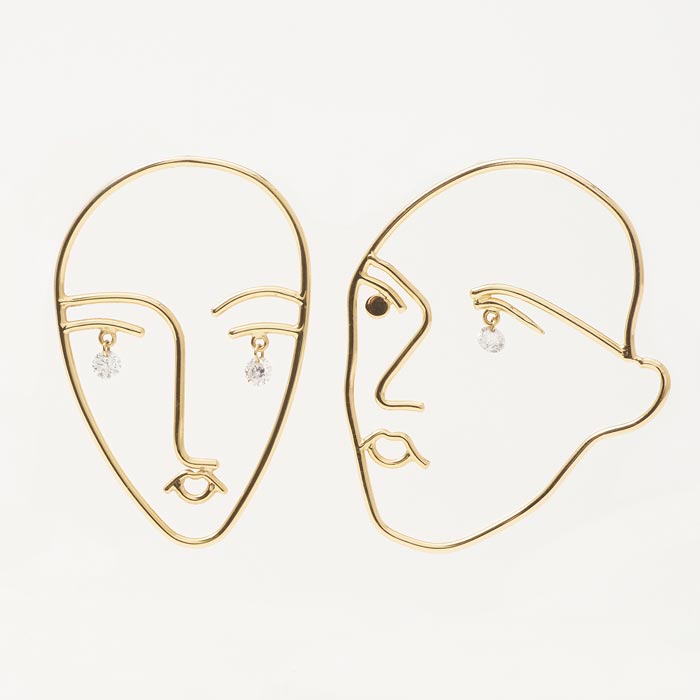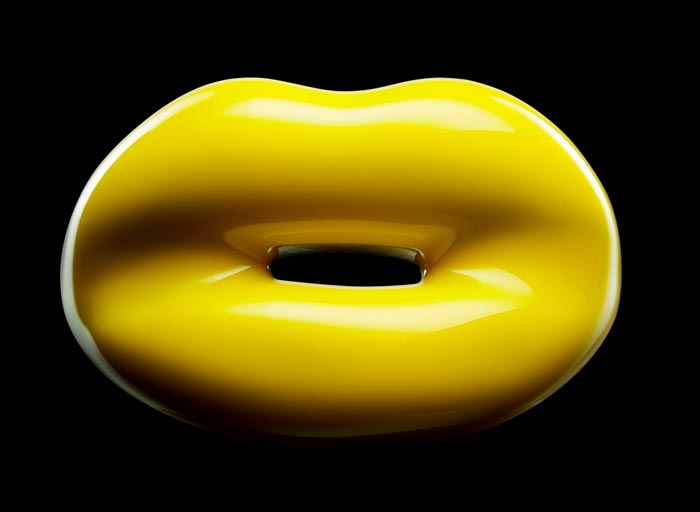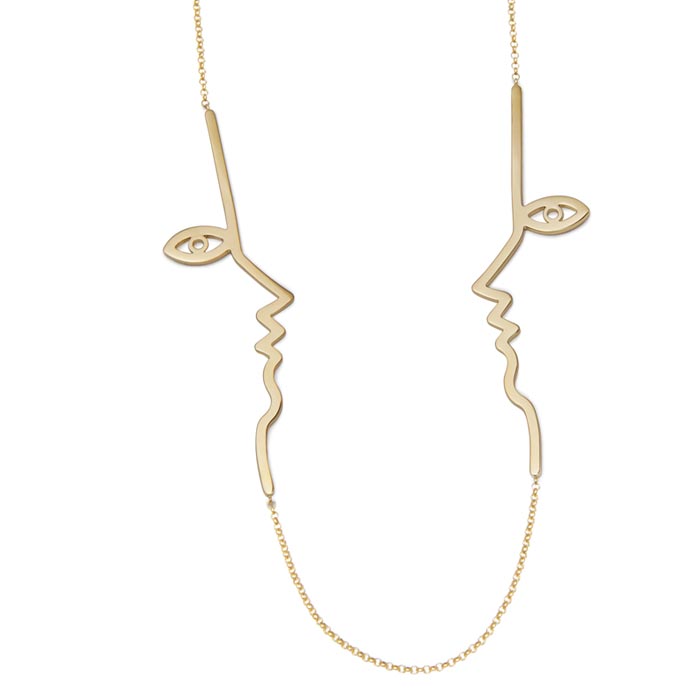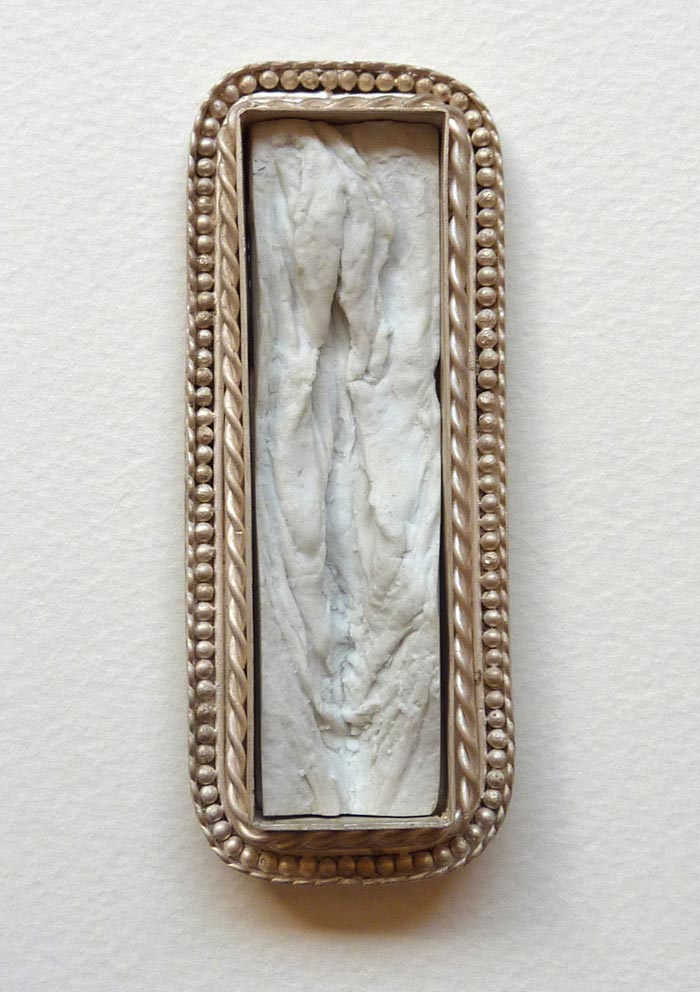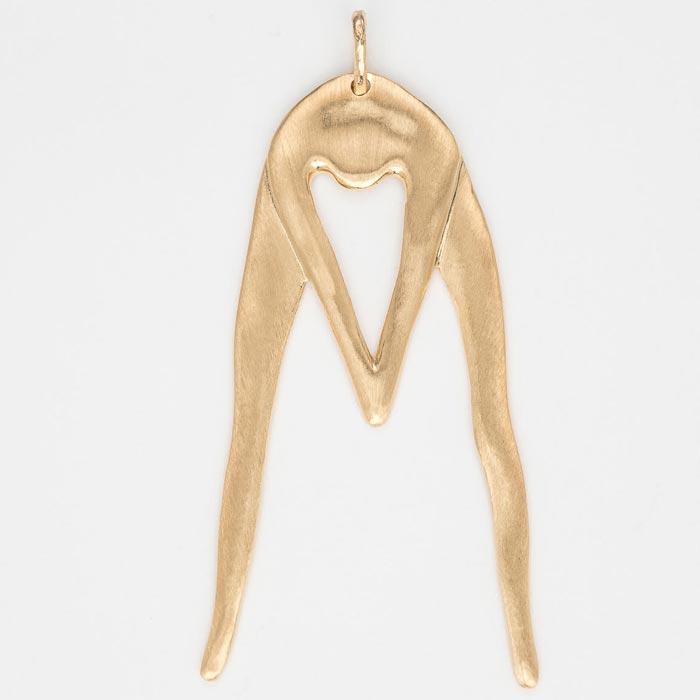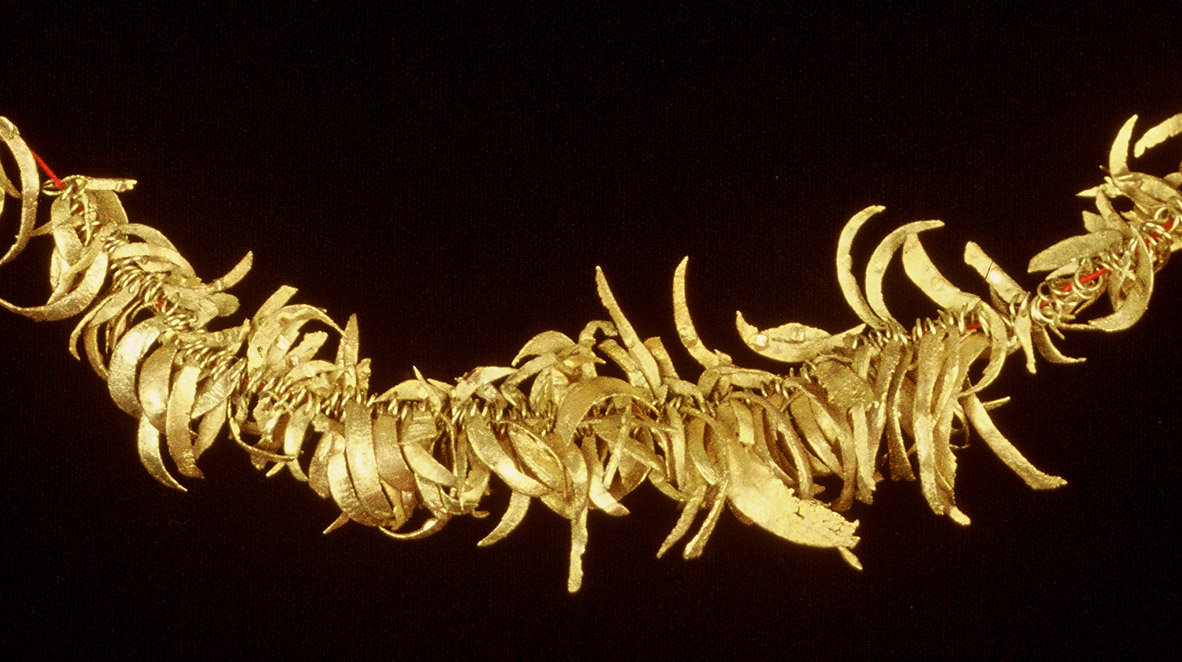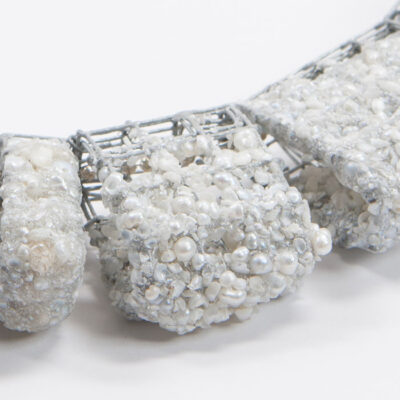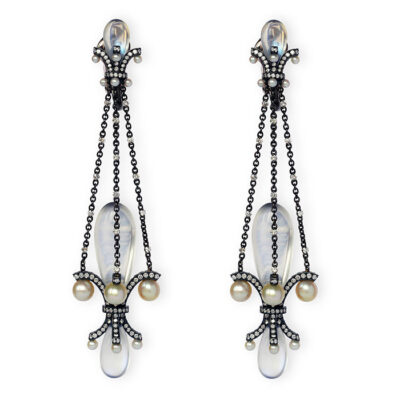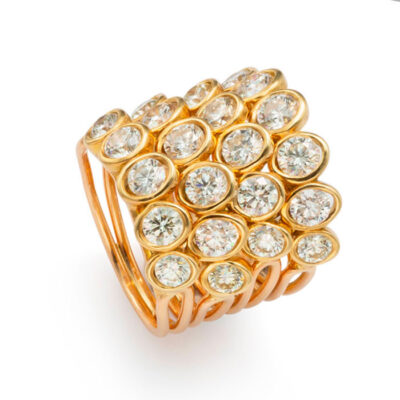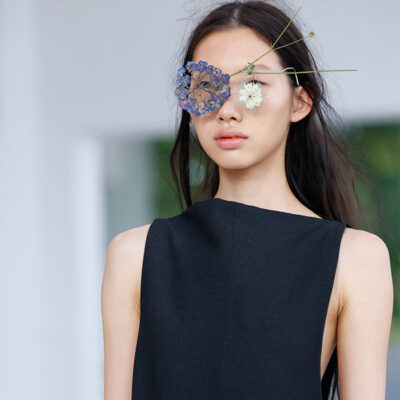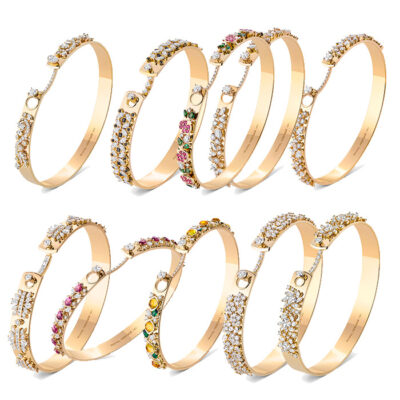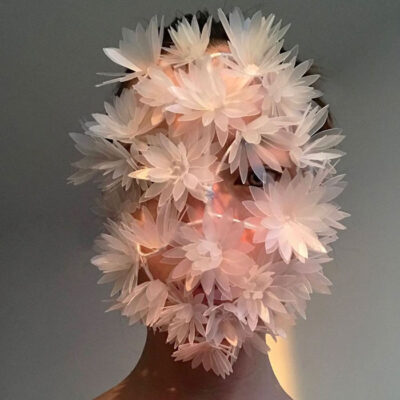Style
21 August 2019
Share
The temptation of the body
A long way from antique representations, contemporary designers split up and fragment the body. An overview.
Today, the human body is not often represented by jewelers, who prefer animals, plants and abstract motifs. There are a very few exceptions..
Human figures in history
Human figures were omnipresent up to the 19th century, with profiles of princes and goddesses and portraits of children engraved on cameos or delicately painted in enamels. The ring formed by two clasped hands was also a classic. During Art Nouveau, the undisputed master is René Lalique with women’s bodies as sublime as they are disturbing. Naked and contorted, they are hybridized with those of a dragonfly or an orchid. “Asserting one’s power, perpetuating a presence or displaying membership: all these representations of the body were redolent with meaning, far more than plants and animals,” says Evelyne Possémé curator at the Musée des Arts Décoratifs and author of the book “Figures”.
The body today
Van Cleef & Arpels is still producing versions of its ballerina created in the 40s. Marc Auclert and Hannah Martin incorporate cameos into contemporary settings; others shatter classic representations, giving shape to stylized, abstract images. With Mara & Persée, designers reflect the influence of Picasso and Matisse, with faces and profiles traced in gold wire, evoking line drawings. Matisse also inspires Norwegian designer Bjørg, whose nude bodies reminiscent of “Les Acrobates” or “La Danse” take separate form as earrings, or kneel or spread their arms in cross-form, becoming letter pendants in the shape of an A, B or V.
Magritte’s anatomical fragmentation
Sometimes we just see part of the body, like an eye or nose. Alice Waese sculpts hands and feet. Solange Azagury-Partridge transposes the mouth into a gleaming enamel ring with a tinge of the Mae West metamorphosed into a sofa by Dali. In another organic, less consensual register, the British designer revisits the heart in gold, complete with veins, auricles and aortas. Larger than life, it echoes the female genitalia sculpted by the Japanese artist Shinji Nakaba or the fingernail clippings mounted as a necklace by Nanna Melland. Positively jaw-dropping.
Related articles:


